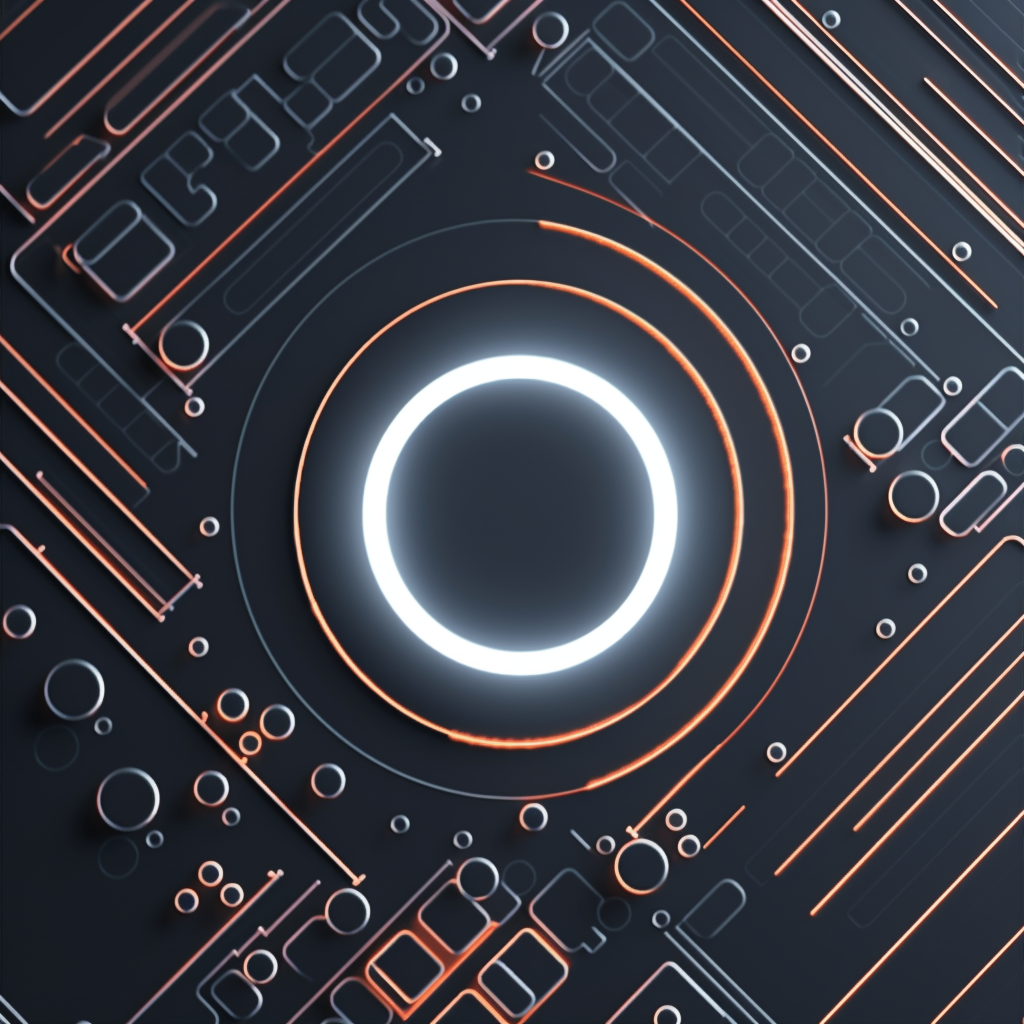Bitcoin, an enigmatic digital currency, emerged in 2009, capturing the attention of technophiles and financial enthusiasts alike. A cornerstone of this cryptocurrency is the concept of “mining,” but what is it, and how does it bolster the Bitcoin ecosystem? Let’s delve into an educational journey to understand Bitcoin mining.
Defining Bitcoin Mining
In essence, Bitcoin mining is the heart that pumps vitality into the Bitcoin network. This mining doesn’t involve picks, shovels, or underground tunnels. Instead, it’s a complex computational process that both issues new bitcoins and verifies transactions, ensuring their secure addition to the blockchain, Bitcoin’s decentralized digital ledger.
The process mimics the painstaking effort required to mine minerals like gold, hence the moniker “mining.” However, instead of earth and metal, miners deal with algorithms and cryptographic proofs.
Why is Mining Essential?
Transaction Verification: Bitcoin’s decentralized nature means there’s no central authority, like a bank, to verify transactions. Mining fills this gap. Miners collect transactions, verify them, and bundle them into blocks.
Security and Integrity: Mining uses a system called proof-of-work (PoW). By solving complex mathematical problems, miners validate blocks of transactions. This process ensures the blockchain’s security, preventing malicious acts like double-spending—a digital attempt to use the same Bitcoin in two places simultaneously.
Issuing New Bitcoins: Mining is also the mechanism by which new bitcoins enter circulation. Unlike fiat currencies, where central banks can print more money, Bitcoin has a finite supply. Mining rewards participants with new bitcoins, though this reward halves approximately every four years in an event aptly called “halving.”
The Evolution of Mining Hardware
The Bitcoin journey has seen the transition of mining equipment over the years:
CPUs: Initially, personal computers’ central processing units (CPUs) were sufficient. Those early days saw little competition, and running a Bitcoin node was synonymous with mining.
GPUs: As Bitcoin gained value and the mining competition grew fiercer, graphics processing units (GPUs) became the preferred mining tool. Designed initially for gaming, GPUs can execute many mathematical calculations simultaneously, making them apt for mining.
ASICs: By 2013, the mining landscape witnessed the advent of Application-specific integrated circuits (ASICs). Custom-built for mining, ASICs are exponentially faster than GPUs, making them today’s standard in the Bitcoin mining industry.
The Mechanics of Mining
Mining isn’t about sheer computational power; it’s also about strategy. Miners:
Bundle broadcasted transactions into a block.
Select the latest block from the longest chain in the blockchain and use its data in the new block.
Try to solve the PoW for the block, while also watching out for blocks from other miners.
If successful in solving the PoW, they add the block to the blockchain and broadcast it.
This PoW involves finding a block header hash that’s below a set target value, ensuring that mining requires effort and resource commitment.
Adapting to Change: Difficulty Adjustment
Bitcoin aims for a ten-minute interval between block creations. As more miners join the network, block creation could become too fast. To maintain this balance, the Bitcoin system periodically adjusts the mining difficulty, ensuring that block creation hovers around the ten-minute mark. This difficulty has evolved from being minimal at Bitcoin’s inception to now being in the trillions, reflecting the network’s growth and the escalating competition among miners.
In Conclusion
Bitcoin mining is a blend of technology, strategy, and economic incentives. It’s the backbone that maintains the currency’s security, decentralization, and growth. Whether you’re a budding Bitcoin enthusiast or just curious about the tech, understanding mining offers a lens into the world of cryptocurrency, showcasing the brilliance behind this digital marvel.



0 Comments